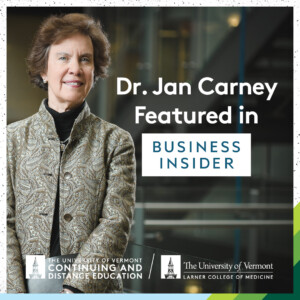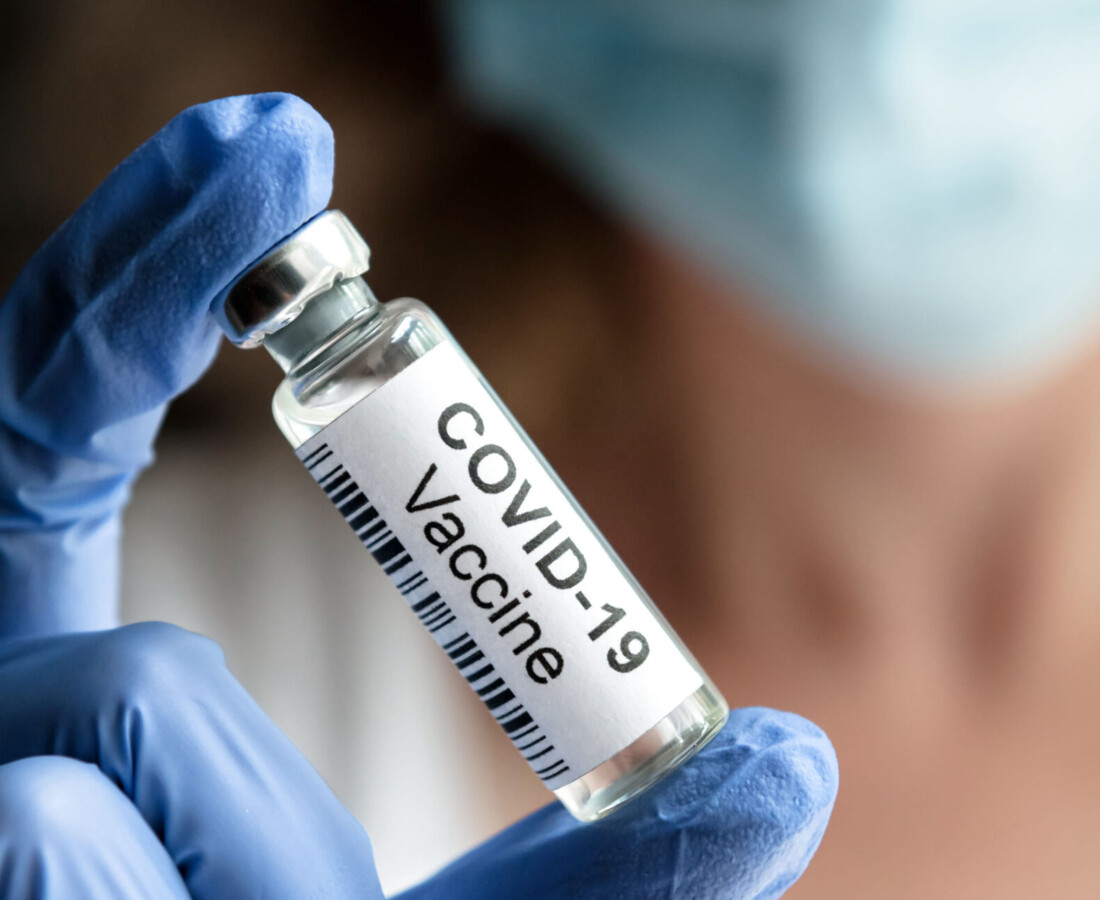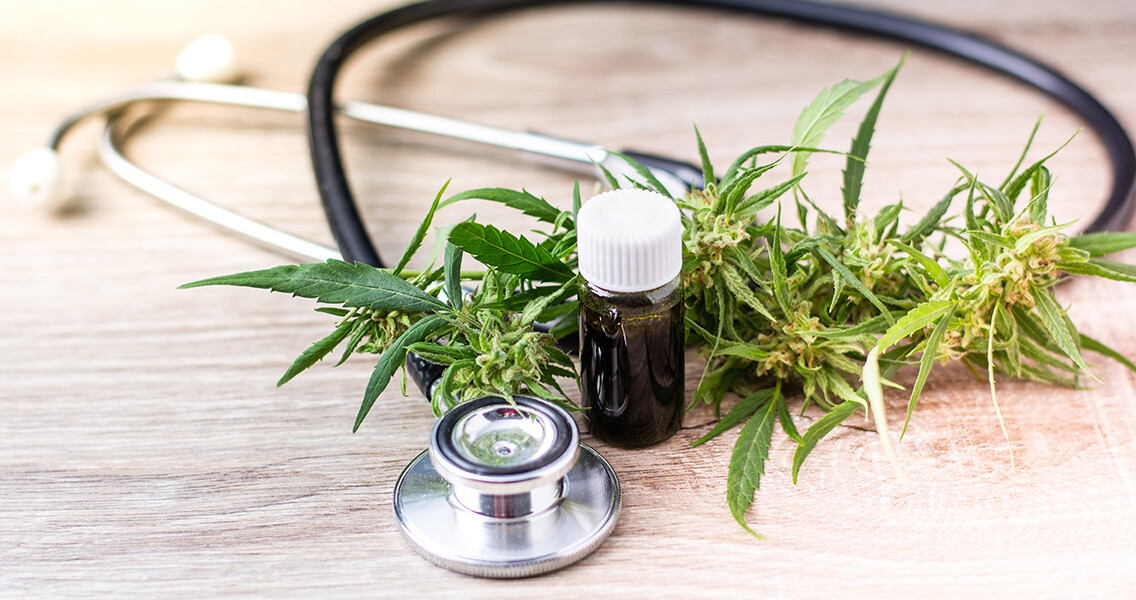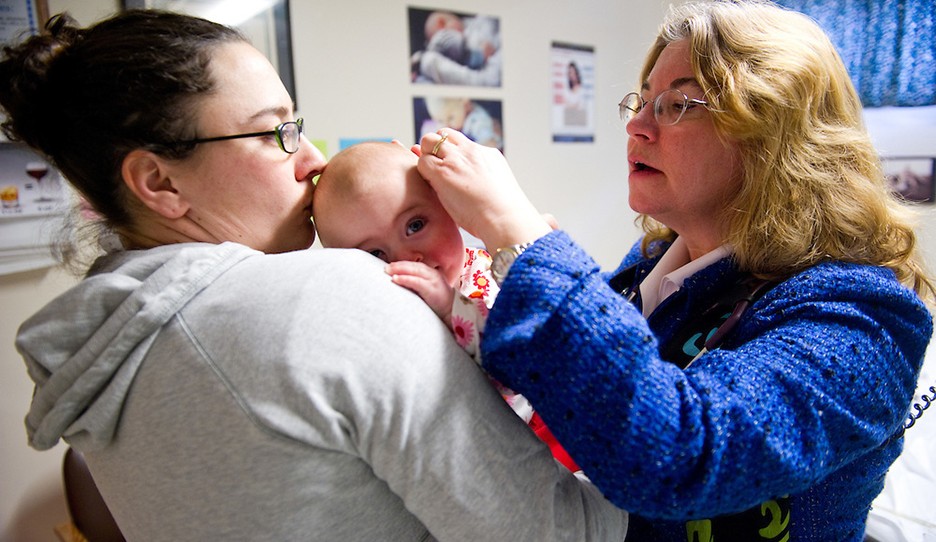On Sunday, November 15, more than 69,000 Americans were hospitalized with symptoms of COVID-19 and the United States reached 11 million coronavirus cases – only six days after hitting the 10 million mark.
In a month punctuated by grim warnings of darker days ahead, both Pfizer and Moderna announced promising vaccines within a week of one another, with early data showing efficacy rates of 90 and 94.5 percent, respectively. For context, the 2019-2020 influenza vaccine had an efficacy of 45 percent. In that we know that flu vaccines offer a great deal of benefit in terms of morbidity and mortality in the United States every year, these numbers have positively impacted the stock market as well as the collective mood. With President-elect Joe Biden promising an “urgent, robust, and professional response” to the global pandemic, many are feeling hopeful about the future.
 Alongside other doctors from across the country, Jan Carney, M.D., MPH, Associate Dean for Public Health and Health Policy and Senior Advisor to the Dean at UVM, weighed in on the potential impact that President-elect Joe Biden and Vice President-elect Kamala Harris could have on the pandemic in a recent article in Business Insider
Alongside other doctors from across the country, Jan Carney, M.D., MPH, Associate Dean for Public Health and Health Policy and Senior Advisor to the Dean at UVM, weighed in on the potential impact that President-elect Joe Biden and Vice President-elect Kamala Harris could have on the pandemic in a recent article in Business Insider
Dr. Carney says she is expecting to see support for science and public health once the new administration begins in January. “I think we will see careful consideration and use of the best science we have,” said Dr. Carney. “There will be more consistent messaging about what steps people can take to protect themselves and their families and why. There will be strong oversight of vaccines as they are developed and approved, as part of our overall public health efforts.”
To discuss the possibility of a vaccine and how that would play out in Vermont and around the globe, UVM Continuing and Distance Education along with the Larner College of Medicine, recently hosted a free, informational webinar on current COVID-19 data, vaccine trial phases, and how we’ll likely see vaccines distributed led by Dr. Carney and Christine Finley, APRN, MPH, Vermont Department of Health’s Immunization Program Manager.
“I don’t want anyone to think that a vaccine is going to be an instant panacea to this,” Carney said. “But there are a lot of vaccines in development and a lot of excitement about them.”
While We Wait: Is Herd Immunity an Option?
Since the start of the pandemic, we’ve heard the refrain: Wear a mask until there’s a vaccine. Life won’t return to normal until we have a vaccine. But with the news of Pfizer’s and Moderna’s achievements comes some caveats: so much of a vaccine’s effectiveness relies on the ability of the manufacturer to produce and distribute doses on a global scale — and a willingness of people to take it.
“There’s so much miscommunication out there about vaccines that I’m actually personally concerned that we’re going to see hesitancy,” Finley said, citing a study that looked at the percent of people willing to take a COVID vaccine. In May, it was 72 percent. By September, that number had plummeted to 51 percent.
“I think what we’ve seen,” Finley said, “Is this interplay of politics and reporting done with words like ‘Operation Warp Speed’ – and many people, without the background and understanding of the safety pieces in place are left wondering what that means.”
According to the Centers for Disease Control and Prevention, clinical development of a vaccine is a three-phase process: Phase 1 for safety, Phase 2 for efficacy and dosing, and Phase 3 for efficacy in groups of tens of thousands of people. Carney emphasized that although vaccine development for COVID-19 has been quicker than expected and phases may have overlapped, no phases were skipped and a rigorous, multi-step approval process is overseen by the FDA.
Until vaccines can be distributed – and Johns Hopkins School of Public Health recommends a tiered approach prioritizing frontline healthcare workers and those at greatest risk of severe illness and death – many (including the outgoing administration) have touted the idea of “herd immunity,” a term used to describe when enough people have protection (from previous infection or vaccination) that it is unlikely that a virus or bacteria can spread and cause disease.
In New York City, it’s estimated that 22 percent of the city has been infected with COVID-19 and more than 24,000 people have died, but experts believe that herd immunity for coronavirus hovers around the 60 to 75 percent infection rate.
“What would it take to have herd immunity in our country?” Carney asked. “Unfortunately, it would take an extraordinary amount of illness, probably exceeding our hospital capacity, and too many people dying.”
When Do We Get Back to “Normal”?
This past Sunday, Director of National Institute of Allergy and Infectious Diseases Dr. Anthony Fauci stated that if enough Americans receive a vaccine, life could return to normal by the second or third quarter of 2021. Until then, Carney and Finley stress that everyone sticks to the basics: wash your hands, practice social distancing, wear a mask, and stay home if you feel unwell.
Dr. Carney continues to encourage the use of scientific resources for the most current information, especially as the news shifts quickly related to the pandemic:
- CDC: Coronavirus 2019
- World Health Organization
- Vermont Department of Health
- New England Journal of Medicine Summary of Articles on Coronavirus
As the pandemic enters another critical stage, Americans are struggling not only with their health and health care, but also managing education, maintaining jobs and income, and continued social isolation from family and friends. Dr. Carney recommended that President-Elect Biden focus not only on the current pandemic, but also plan for what could be coming around the corner.
“The United States will need to focus on the current pandemic, from prevention to treatment, in every community, as well as prepare for the next one. It is challenging to think of our overall level of preparedness and the strength of our public health system during the middle of a pandemic, but it seems clear that we must strengthen both.”
Learn more about careers in Public Health and UVM’s online Master of Public Health Program.




